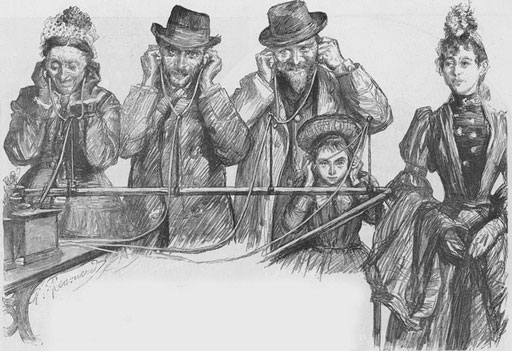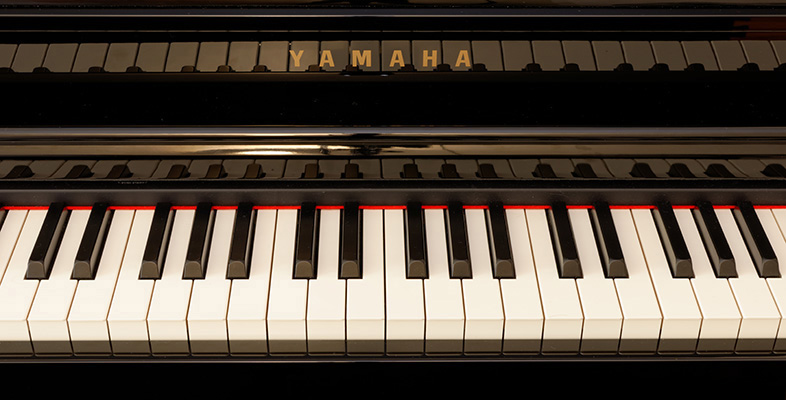2.4 The Listening Experience Database
The Listening Experience Database (LED) [Tip: hold Ctrl and click a link to open it in a new tab. (Hide tip)] is one of the most ambitious of the Open University’s digital humanities projects. The main purpose of the project is to design and develop a database, freely searchable by the public, which will bring together a mass of data about people’s experiences of listening to music of all kinds, in any historical period and any culture.

The project was conceived in the Music Department of the Open University and commenced at the start of 2013. It was inspired by an OU English Department project that had been launched in 2006, the Reading Experience Database (RED), which sought to capture a mass of evidence about the responses of individuals to reading. The RED project has been extremely successful; following its first phase, it branched out from its original UK remit to be taken up by international partners. It has become the major resource of its type in the world.
The big idea underpinning the equivalent music project was that there exists in the world a body of evidence that reveals the personal responses of individuals to the experience of listening to music. If a mass of such evidence could be captured it would provide a unique resource that many others could benefit from. For periods before about 1900, this evidence would be found in writings, both published and unpublished, in paper or electronic form. Material from later periods could also be drawn from other types of source, such as broadcast media.
